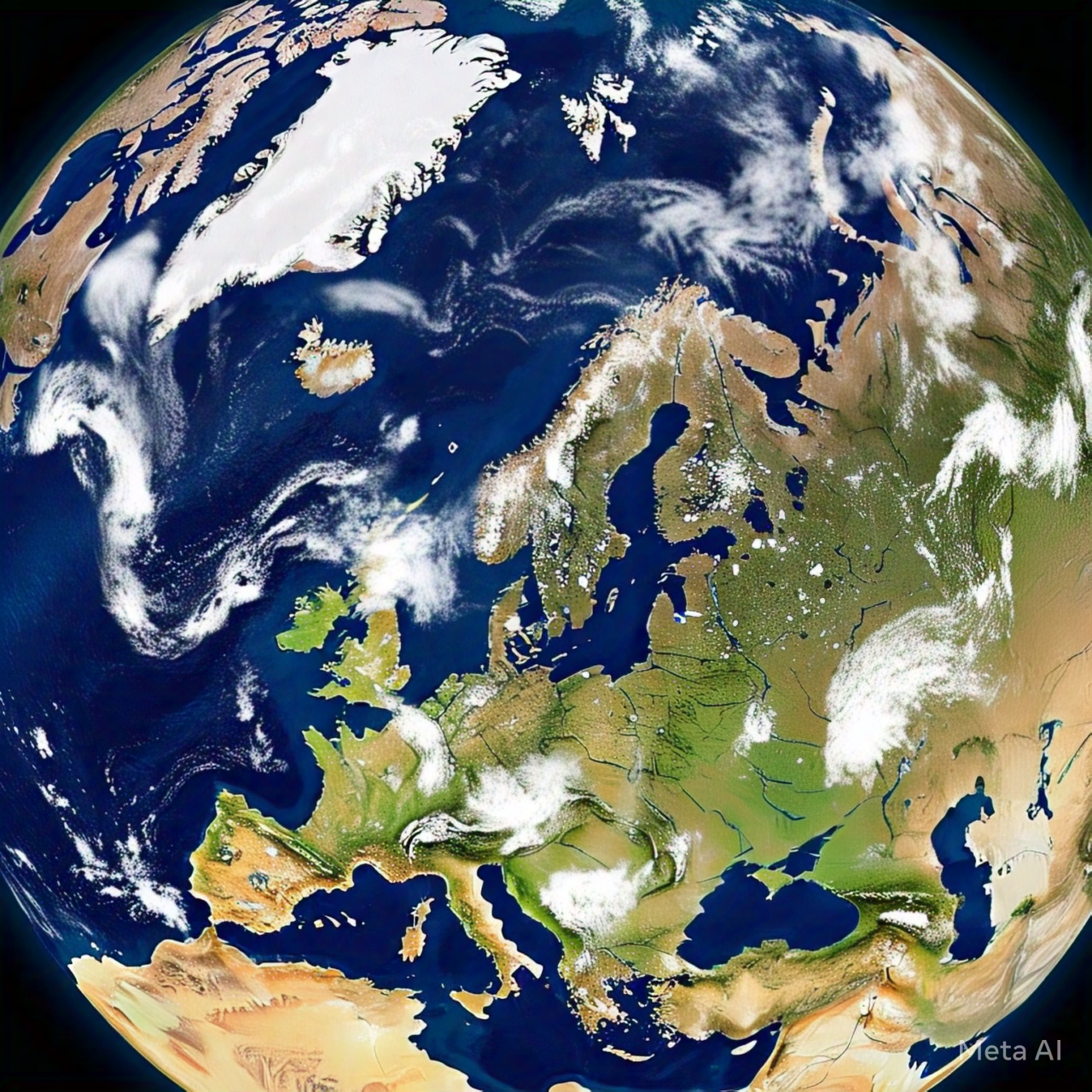
Ocean Depths and Exploration
- The average depth of the ocean is about 12,100 feet (3,688 meters).
- The deepest known point is the Challenger Deep in the Mariana Trench, reaching a depth of about 10,984 meters (36,037 feet)—deeper than Mount Everest is tall.
- At sea level, pressure is 1 atmosphere (atm), but for every 10 meters (33 feet) you descend, pressure increases by another atm.
- At Challenger Deep, the pressure is over 1,000 times the atmospheric pressure at sea level—about 16,000 psi.
- Sunlight only penetrates the upper 200 meters (656 feet) of the ocean—called the photic zone.
- Below that lies the aphotic zone, a vast, pitch-black region where most creatures rely on bioluminescence or other senses.
- Over 80% of the ocean remains unmapped, unobserved, and unexplored. We've explored more of the Moon and Mars than we have of our own seafloor.
- Only a handful of manned vessels have reached the deepest parts of the ocean.
- Explorer James Cameron descended solo to the Challenger Deep in 2012 in the submersible Deepsea Challenger.
- Deep-sea trenches have unique geological formations, including subduction zones and cold seeps.
Marine Biodiversity
- The ocean contains about 94% of Earth's living species.
- Oceans cover over 70% of Earth's surface and host an estimated 2.2 million marine species, though only about 240,000 have been formally identified.
- Life in the ocean began over 3.5 billion years ago, making it the oldest and most diverse ecosystem on the planet.
- Coral reefs occupy less than 1% of the ocean floor but support about 25% of all marine life.
- These vibrant ecosystems host thousands of species of fish, invertebrates, algae, and corals—each playing a specific role in the reef's balance.
- The base of the marine food web starts with plankton, including phytoplankton (tiny plant-like organisms) and zooplankton (tiny drifting animals).
- Phytoplankton produce up to 50% of Earth's oxygen, making them more crucial to our air supply than all the world's forests combined.
- Many deep-sea species—like comb jellies, anglerfish, and vampire squid—produce bioluminescence, glowing in the dark like living neon signs.
- This natural light is used to attract prey, confuse predators, or communicate in the blackness of the deep.

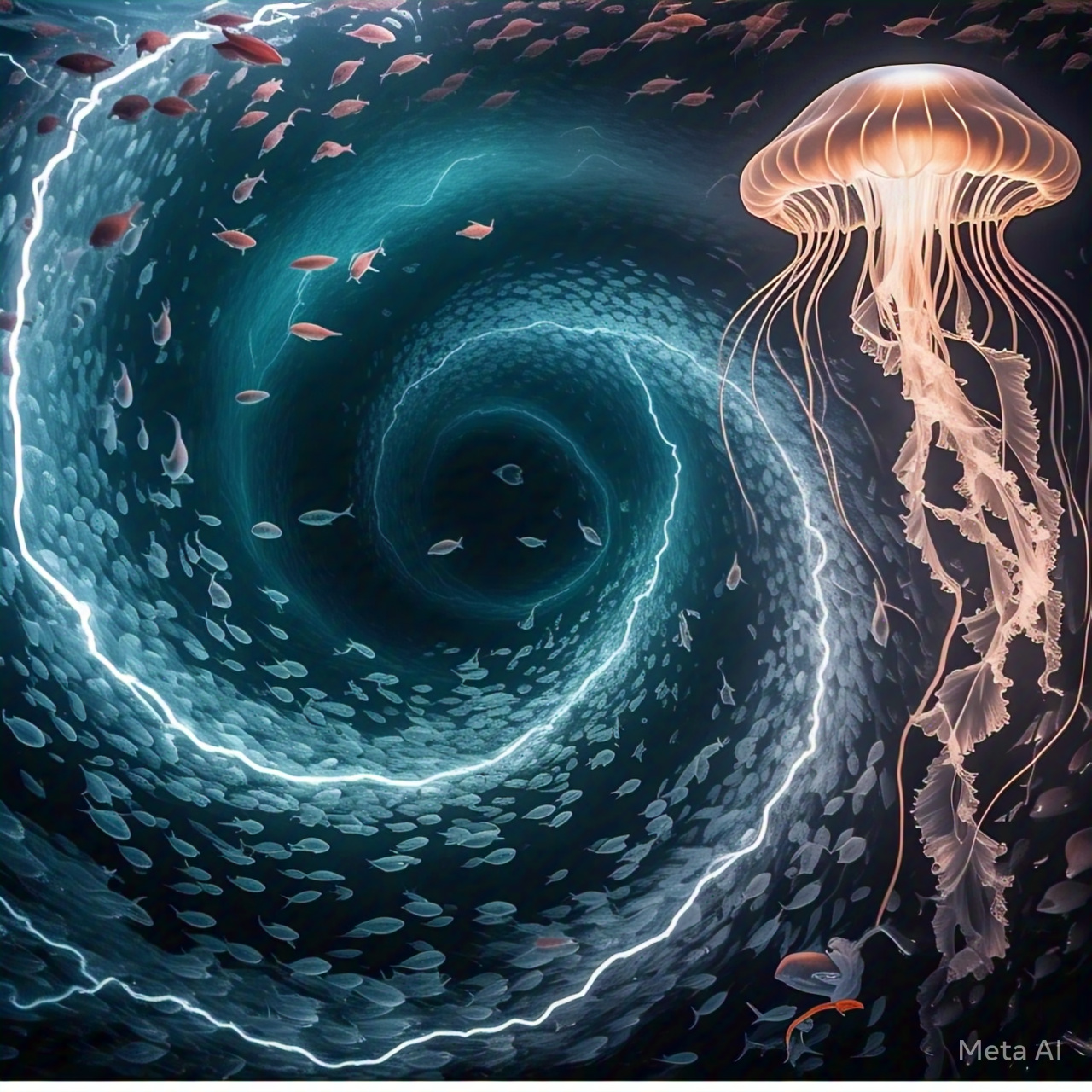
Ocean Currents and Climate
- Ocean currents are like vast, invisible rivers flowing through the sea, moving heat, nutrients, and salt across the globe.
- Some are surface-level and driven by winds; others are deep, cold flows driven by temperature and salinity differences.
- Warm currents like the Gulf Stream carry tropical heat toward colder regions, making places like Western Europe much warmer than other areas at the same latitude.
- Cold currents like the California Current cool coastal regions and bring nutrient-rich waters that fuel marine life.
- Trade winds and westerlies push surface water across vast distances, forming major currents like the Kuroshio, Agulhas, and Canary currents.
- These wind-driven currents form enormous circular systems called gyres, which rotate clockwise in the northern hemisphere and counterclockwise in the southern.
- During El Niño, warm Pacific waters shift eastward, disrupting weather worldwide—causing floods in South America and droughts in Australia.
- La Niña is the opposite, strengthening trade winds and pushing warm water west, leading to cooler global temperatures and different storm patterns.
- Oceans absorb about 90% of the excess heat from global warming. Currents then distribute this heat, influencing weather patterns, hurricane formation, and even monsoon cycles.
Lost Cities
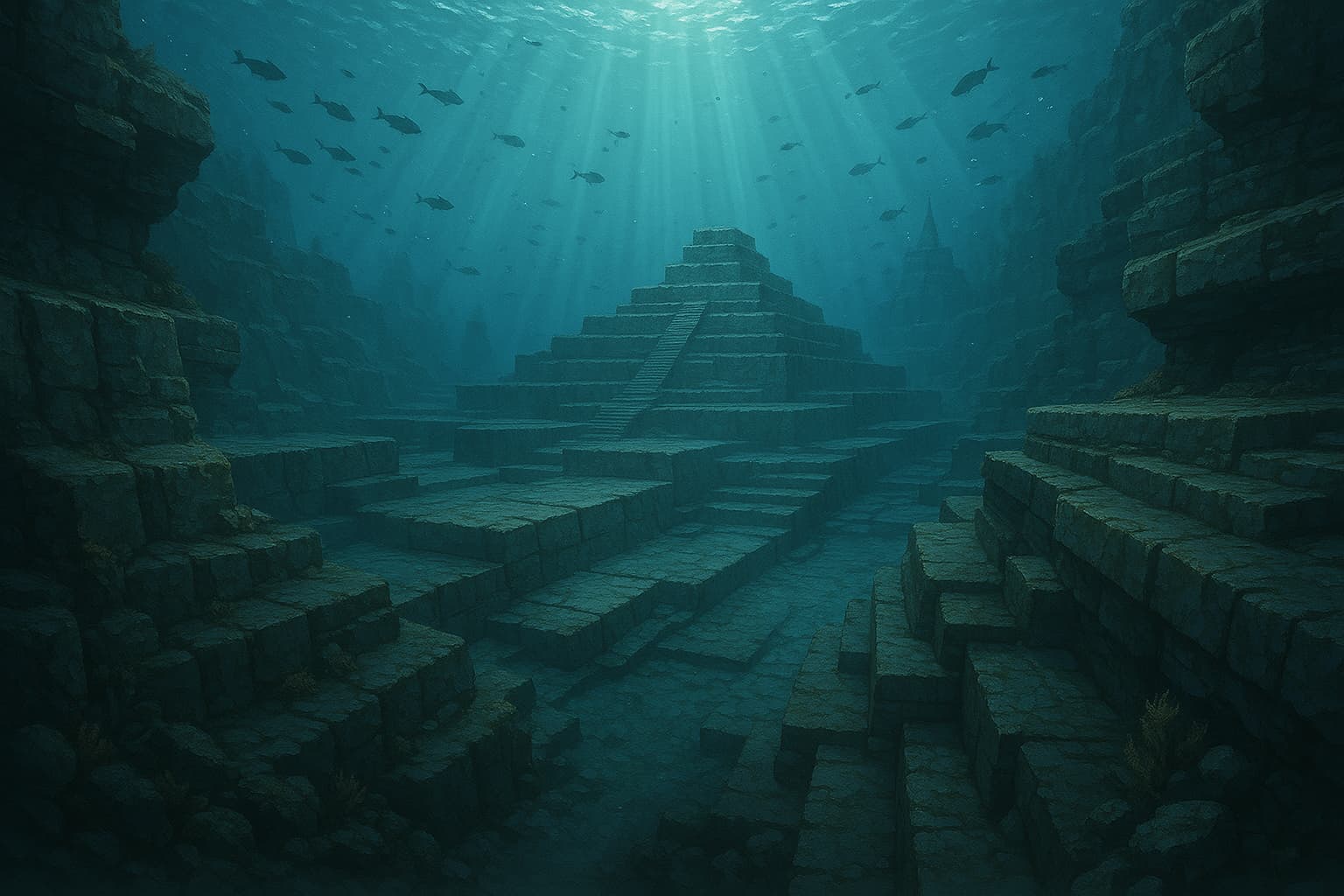
Yunaguni
Yonaguni is part of the Ryukyu Islands, which are administered by Japan. The island is situated approximately 100 kilometers off the coast of Taiwan. Yonaguni is famous for its underwater rock formations, which include stepped structures and rectangular blocks. The origins of these formations are still debated, with some arguing that they are natural, while others believe they may be artificial. The underwater structures were discovered by Japanese diver Kihachiro Aratake in 1985. Researchers continue to study the formations, using techniques such as sonar and submersible vehicles.
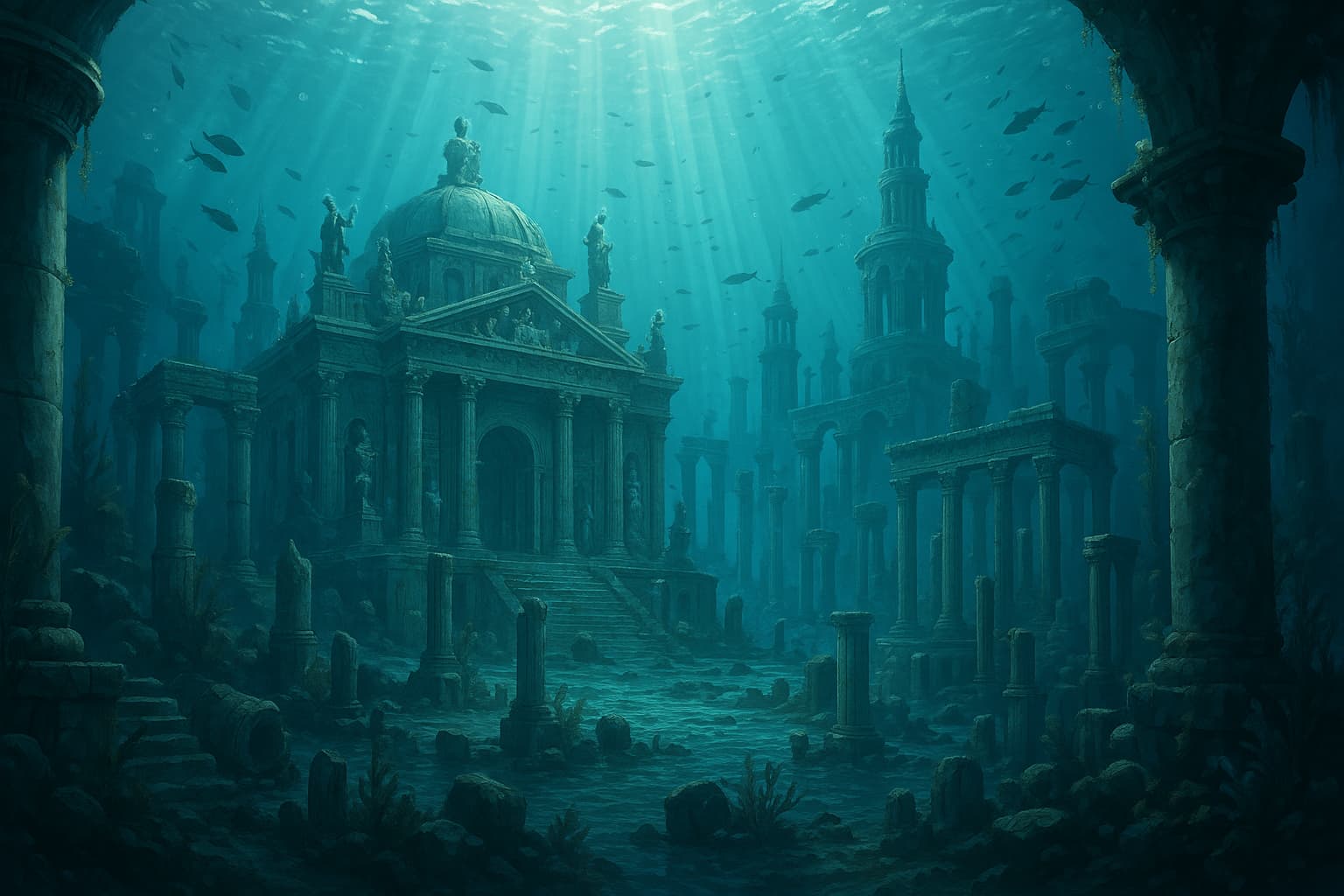
Atlantis
According to Plato, Atlantis was a powerful and advanced island nation located beyond the "Pillars of Hercules" (the modern-day Strait of Gibraltar). The Atlanteans were said to be descended from the god Poseidon and lived in a highly advanced civilization with advanced technology and architecture. According to the myth, Atlantis sank into the sea as a result of a catastrophic event, possibly a natural disaster or war. Some researchers believe that Atlantis may have been inspired by real events or places, such as the Minoan civilization on the island of Crete. Many people have searched for Atlantis, believing it to be a lost city or a hidden treasure.
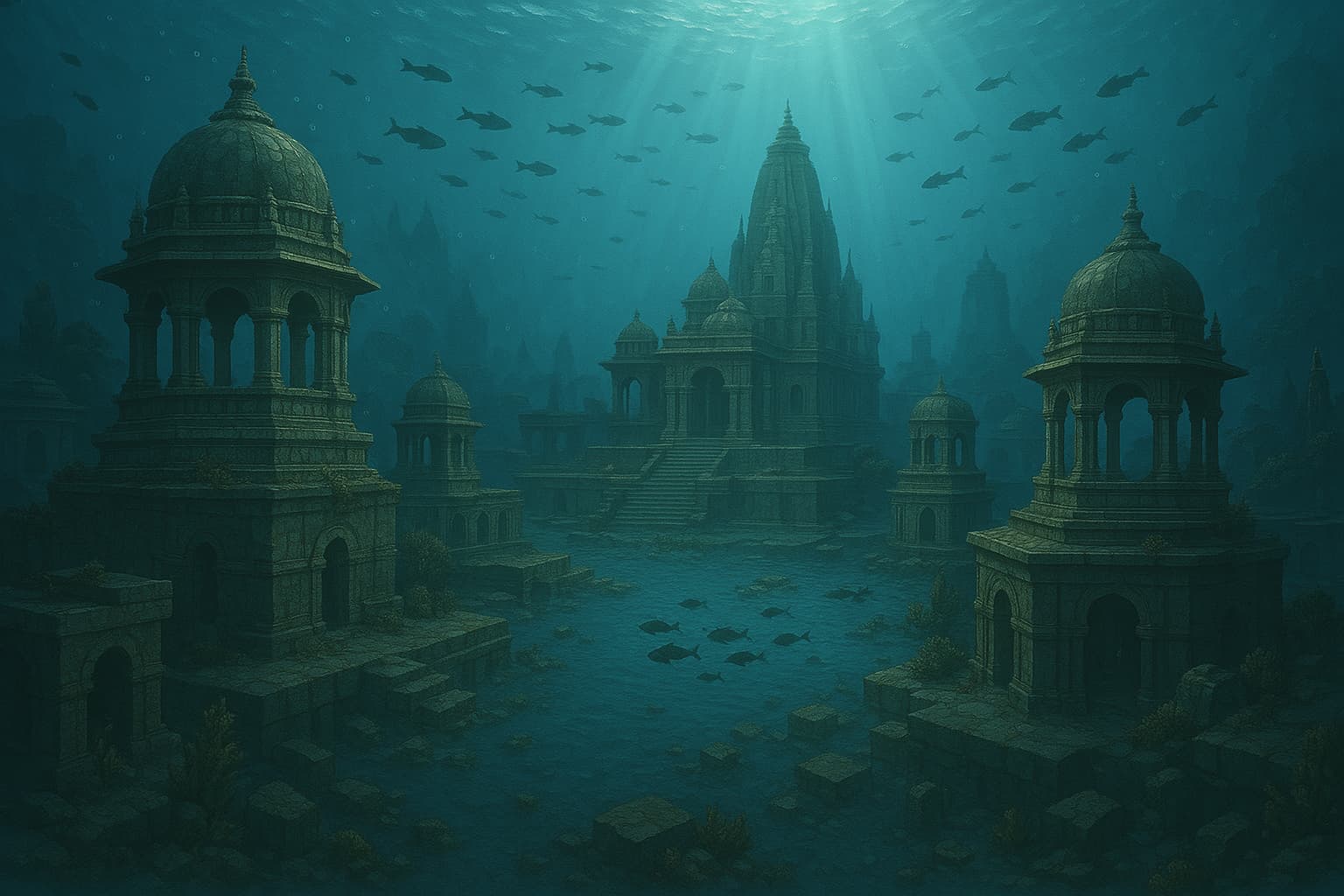
Dwarka
Dwarka is said to be the kingdom of Lord Krishna, a major deity in Hinduism. According to myth, Dwarka was a golden city, filled with wealth and prosperity. The city is said to have been submerged in the sea, either as a result of a curse or a natural disaster. In recent years, archaeologists have discovered underwater ruins off the coast of modern-day Dwarka, Gujarat, India. In recent years, archaeologists have discovered underwater ruins off the coast of modern-day Dwarka, Gujarat, India. The ruins are believed to date back to the 15th century BCE, making them one of the oldest known cities in the region.